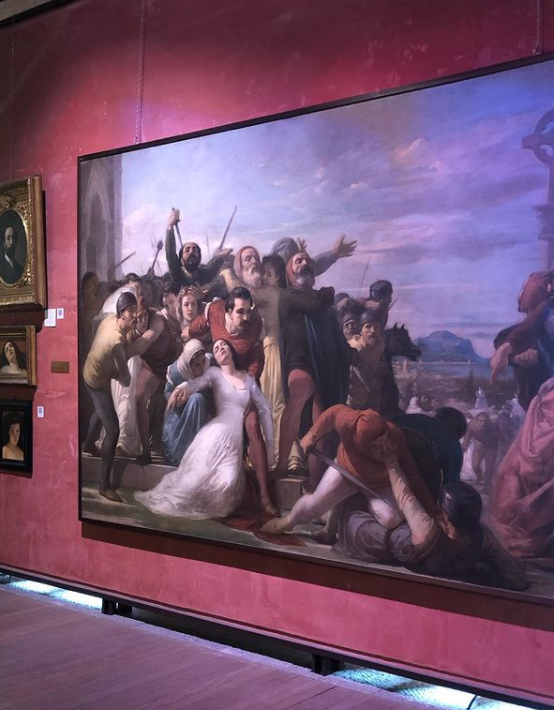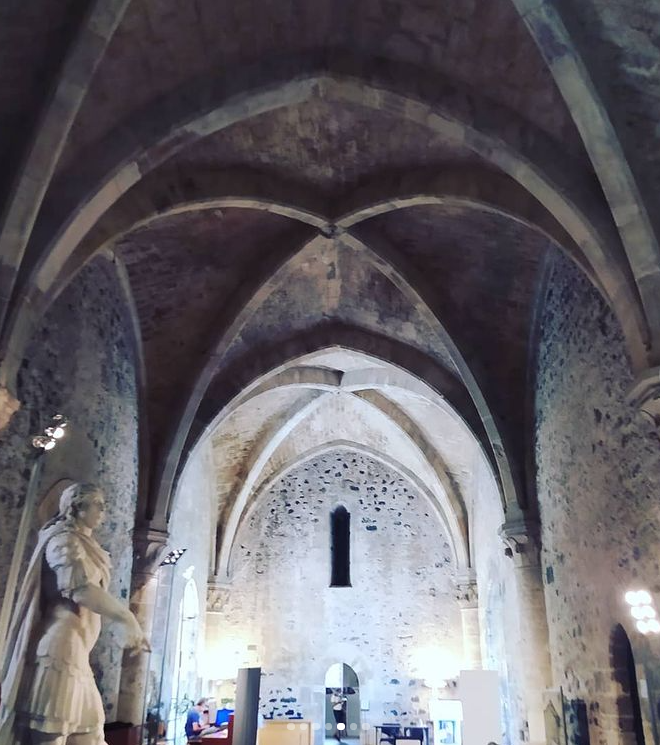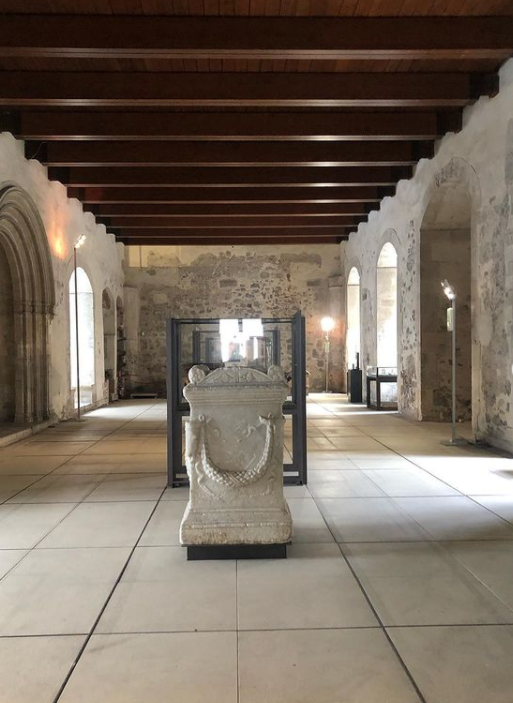Castello Ursino
The Castello Ursino first appeared in Catania’s cityscape in the end of 1239. Frederick II started the construction of the Castello Ursino entrusting the project to “praepositus aedificiorum” Riccardo da Lentini.
With a letter dated 24 November 1239, the emperor invited the people of Catania to pay a sum of two hundred ounces in gold for the construction of the castle and the works began shortly thereafter, pursued by a possible city revolt.
The construction of Castello Ursino was part of a large fortification project started in previous years in eastern Sicily by Frederick II. Despite the economic difficulties in those years which forced the interruption of the works in most of the other Sicilian castles, the Catania castrum was built in a short time.
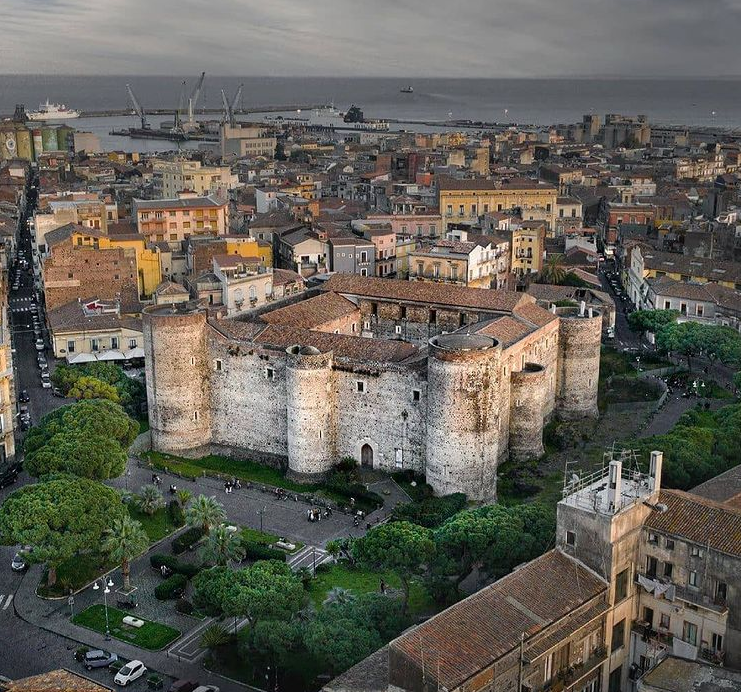
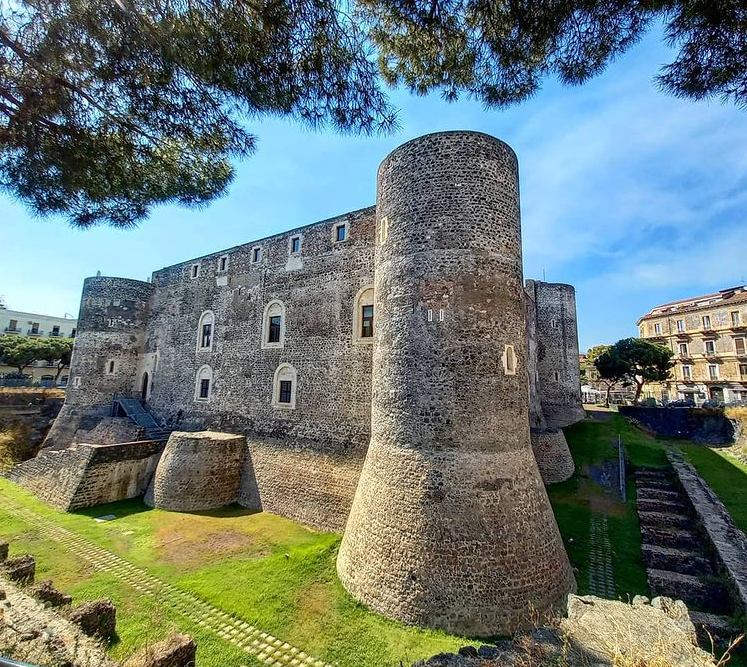
The castle was built on a promontory that overlooked the sea but also dominated the urban center. No longer an isolated stronghold, but a true urban “structure” guarding the city.
It is difficult for those who visit it today to imagine its original strategic location. The eruption of 1669 modifying the relationship of the building with the ground and its position within the city fabric distorted its original vocation.
The lava flow surrounded it, leaving the structure almost intact but destroying its military functionality. The view of the Castle is also altered, made less impressive by the “leveling out” of the land.
The structure of the Castle expresses the essential aspects of Federician architecture: a rigorously geometric plan defined by a double square perimeter with a large internal courtyard in the center.
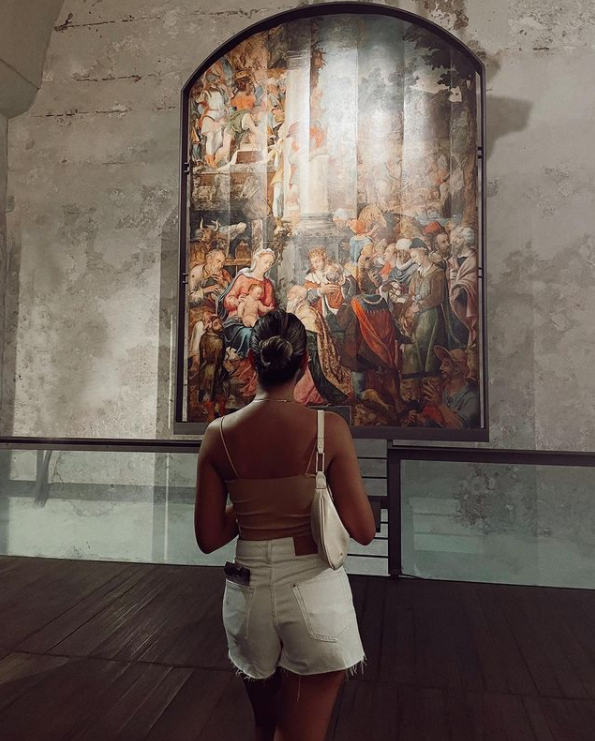
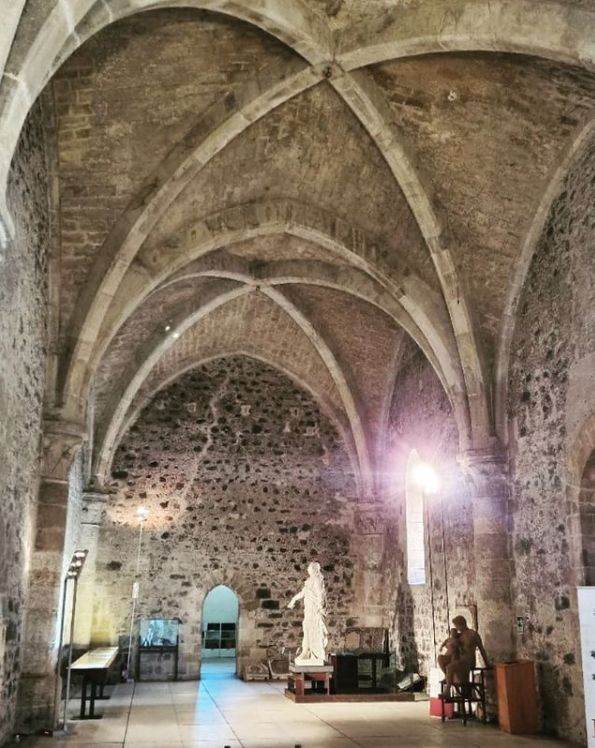

A perfectly regular and symmetrical structure that repeats itself, marked by four corner towers and four median towers, two of which still exist. The history of the Ursino Castle (the origin of the name is still controversial) has always been linked to political and natural events. It has been in use almost constantly since construction.
Throughout the century. XIII maintained the character of a fortress and then became the royal residence of the Aragonese (the first Sicilian Parliament was convened in the Castle) and, later on, of the Spanish Viceroys. It was also used as a prison (the prisoners’ graffiti are still visible in the courtyard) and later used as a barracks.
Restored in the Fascist era, since 1934 the Castle has housed the civic collections in which the Medieval, Renaissance and Modern archaeological sections are present. In 1988 began the restoration aimed at recovering the city of Catania a monument of inestimable value of its historical and cultural heritage.
